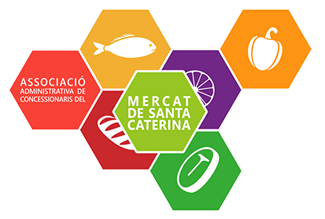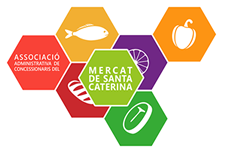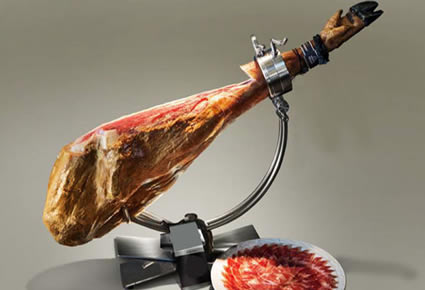Iberian ham is a type of ham from the Iberian pig, highly appreciated in the gastronomy of Spain and in the gastronomy of Portugal, where it is called presumed Iberian, and is often considered as an article of haute cuisine and delicacy.
It can come from the back legs or the front legs, the ones corresponding to the front legs are smaller in weight and in this regard there is some controversy about whether the ham is more palatable than the back leg. In any case, it is a high quality product and its price is lower than that of the back leg.
The ham from the leg has a somewhat softer texture than the front and with similar quality and flavours, its price is higher than that of the front part. The first is named as shoulder and the second as leg
For its production, it must have at least 50% purity of this breed to be called «Iberian ham», although the highest quality are 100% Iberian hams from Iberian pigs in which both parents will be 100% breed. Iberian. For the rest of Iberian hams, crosses with the Duroc pig breed are allowed.
The main characteristics that distinguish Iberian hams in their quality derive from the purity of the breed of animals, from the extensive free rearing of the Iberian pig in wooded pastures where they can move freely and perform physical exercise. From the diet that follows the pig in the montanera period (period in which they eat acorns directly from the field), and finally the curing of the ham, which usually lasts between 24 and 48 months, requiring more curing time the larger the size of the piece and greater quantity of acorn or nuts that the pig has eaten.
Pig feeding is so important that this ham is basically classified according to the amount of acorn it has consumed before slaughter. The only official classification allowed for Iberian hams, and which must appear on the ham labels, is:
Jamón ibérico de cebo, an animal that is raised in a feedlot and receives a diet based on feed (cereals and legumes);
Jamón ibérico de cebo campo, an animal that is raised in pastures and receives a diet based on herbs and feed (cereals and legumes);
Jamón ibérico de recebo, an animal that is raised in pasture, receives a diet based on herbs and feed (cereals and legumes), and in the montanera period it eats acorn, but after the montanera it does not reach the optimal weight for slaughter and needs a supplementary contribution of feed (cereals and legumes) and pastures to reach said slaughter weight, this term is no longer used as of the new Iberian pig regulations of May 2014 and its commercialization with this name for hams and shoulders is prohibited produced from that date.
Jamón ibérico de bellota, an animal that is raised in pastures, receives a diet based on herbs and feed (cereals and legumes), and in the montanera period (fattening) (about 2, 3 or even 4 months between November and March) feeds on acorns and grasses, reaching the optimum slaughter weight.3
However, after the reform approved in May 2014, the denominations changed slightly and to avoid possible confusion for the final consumer, a common labelling was established for all producers in which each of the pieces was marked with a label at the slaughterhouse itself. made of non removable plastic of different colours that will specify the quality of each of the products based on the following denomination:
White label: Jamón ibérico de cebo, or simply, jamón ibérico. This ham is from pigs that are fed only grain. The ham is cured for 24 months.
Green label: Jamón ibérico cebo de campo. This ham is from pigs that are pastured and fed a combination of acorns and grain..
Red label: jamón ibérico de bellota, produced from free-range pigs that are not pure-bred. The percentage of Iberian ancestry in the animal must be specified on the label.
Black label: 100% Iberian acorn-fed ham, it is the highest range of Iberian hams. They are purebred Iberian pigs fed in the pastures based on acorns and pastures. These hams are the only ones that can be called pata negra hams, according to the new regulations mentioned above.








